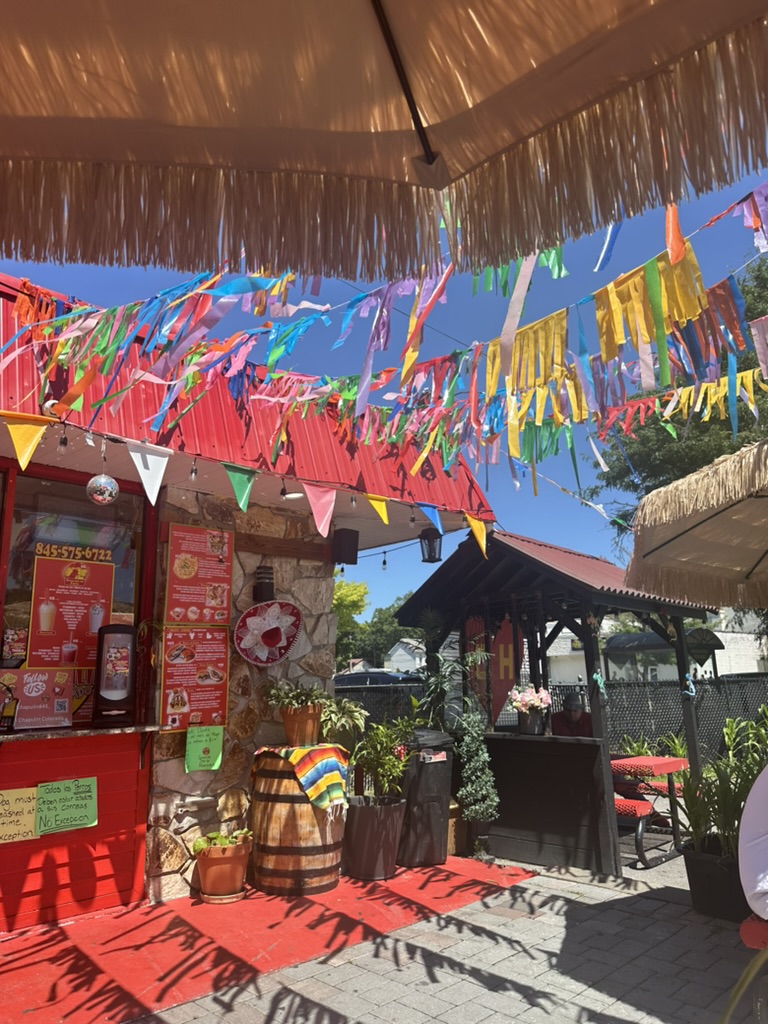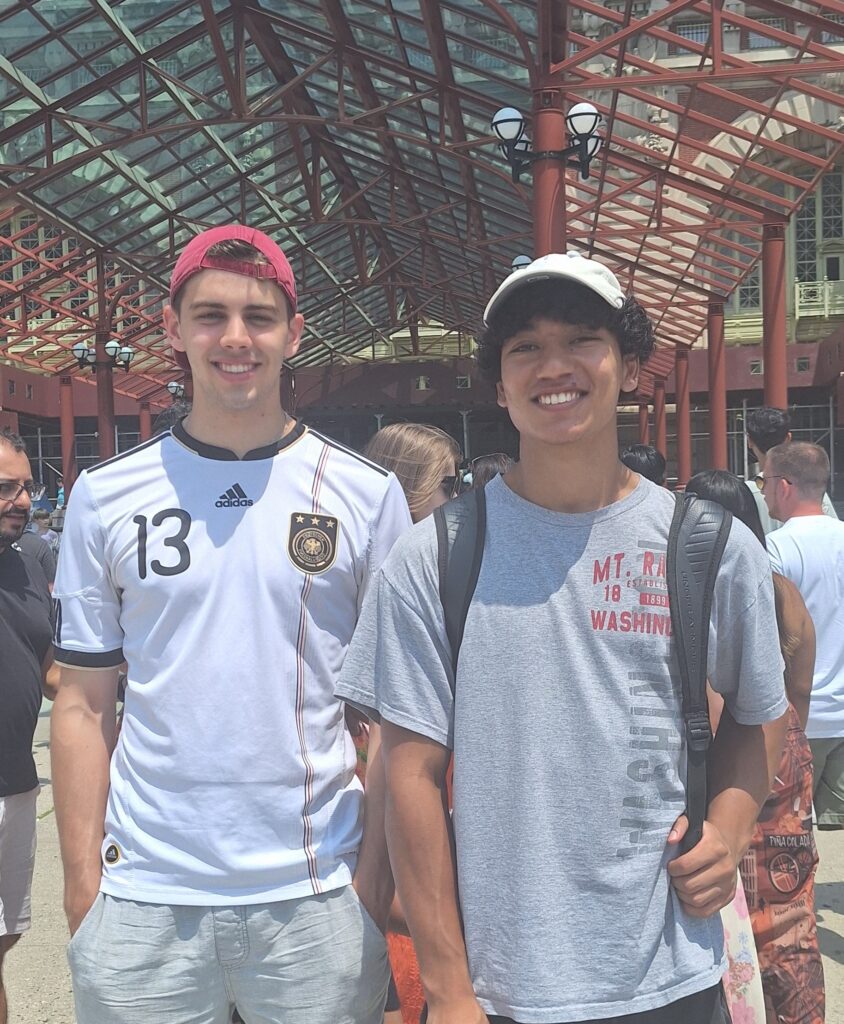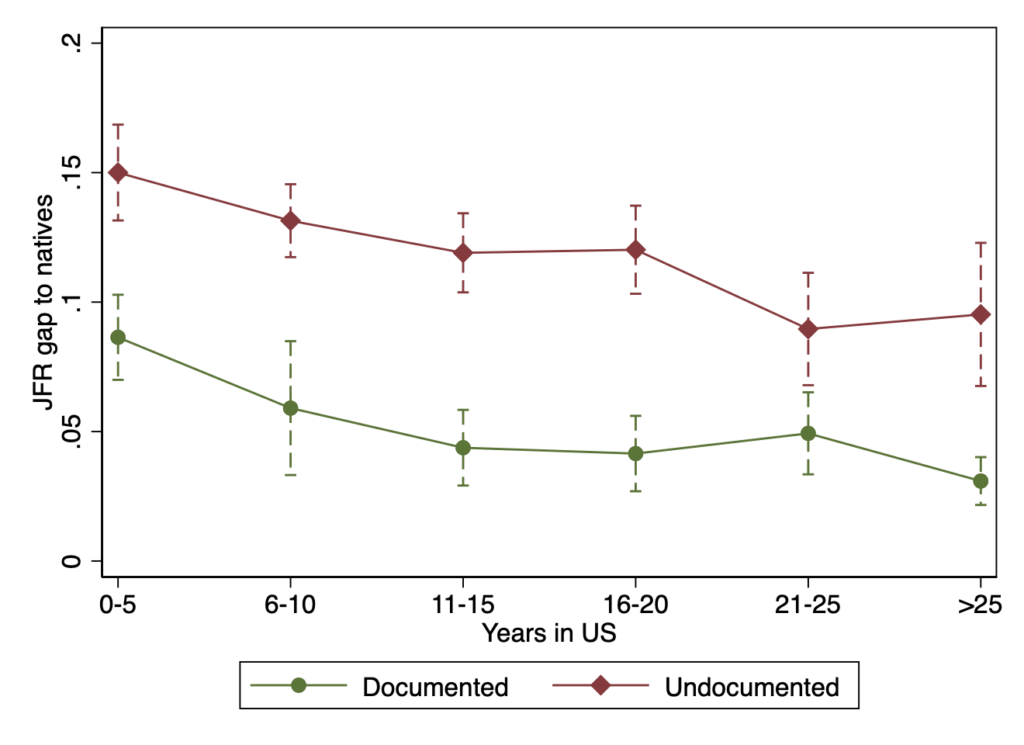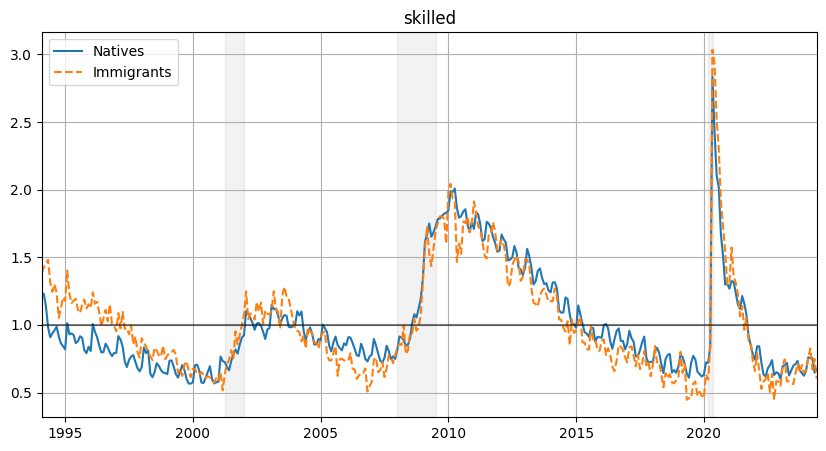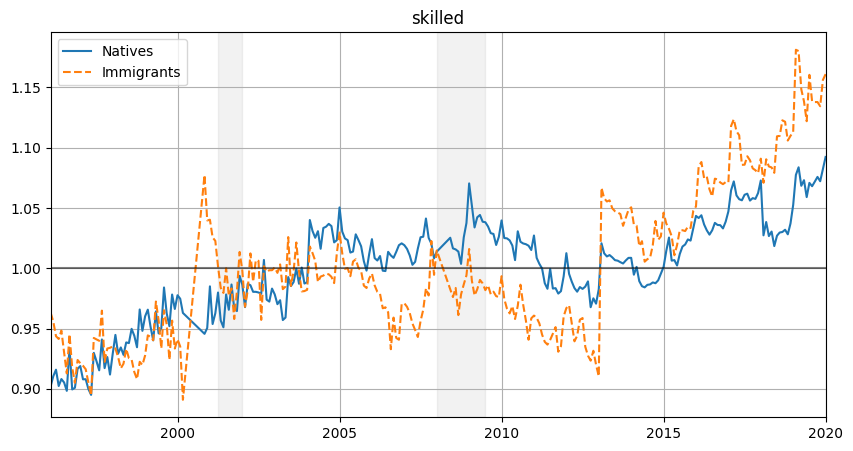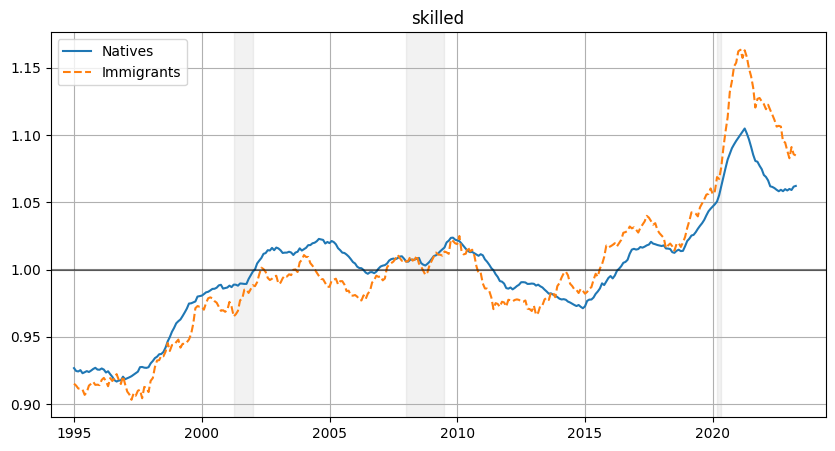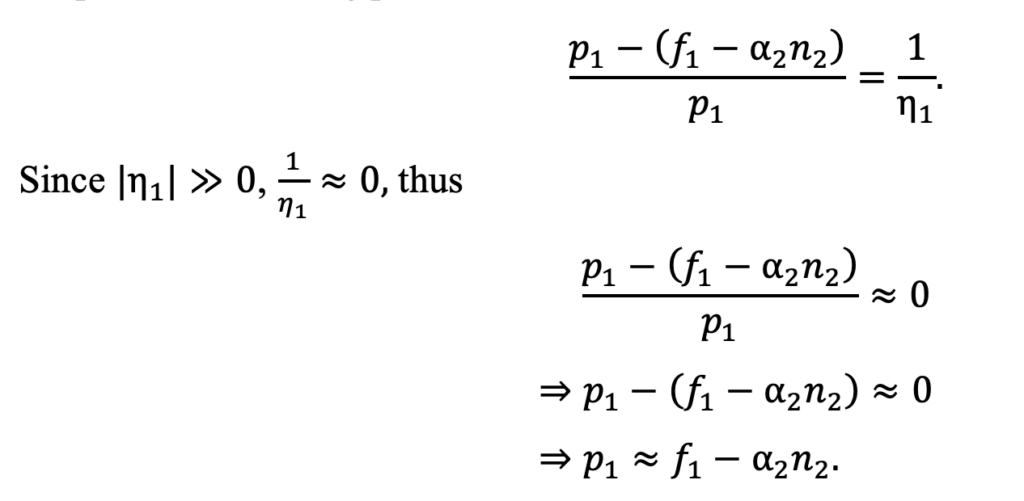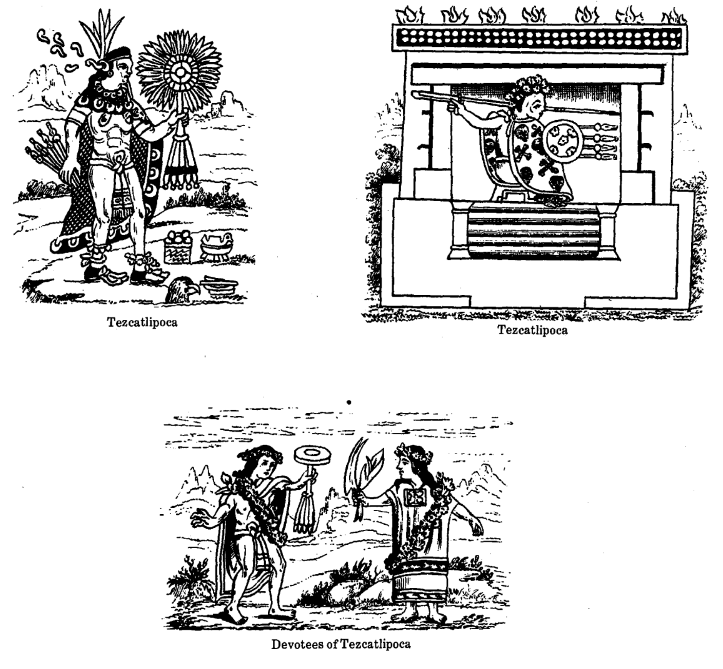Daniel Duque Hernandez Class of 2027 & Karla Evangelista Class of 2026
Daniel Mendiola, professor of History
In the summer of 2024, Daniel Duque Hernandez ’27 and Karla Evangelista ’26 spent 6 weeks in Poughkeepsie as Ford Scholars for professor Daniel Mendiola’s initiative, Somos Vecinos. The oral history project comes from the premise that Latin American immigrants are vital to the Poughkeepsie community, and that making their stories available to others has the power of strengthening bonds by illuminating their experiences, memories, ideas and advice.
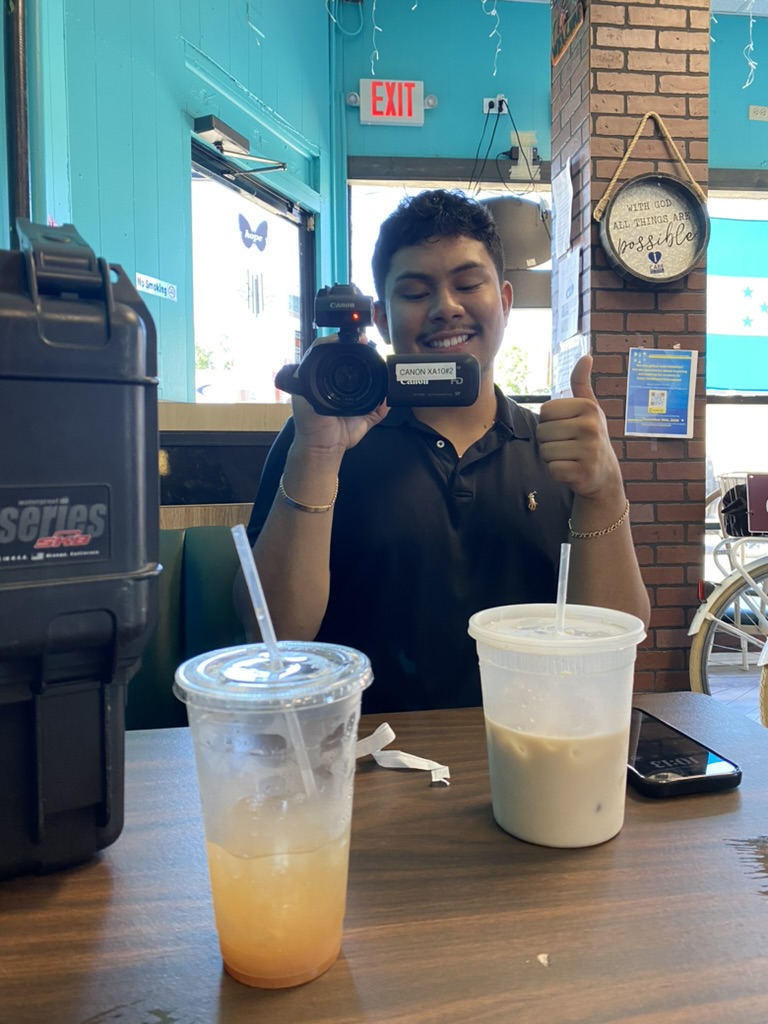
Daniel Duque Hernandez and Dr. Mendiola dedicated Fall 2023 and Spring 2024 to the preparation for the project. Their efforts included securing funding from the Consortium on Forced Migration Displacement and Education obtaining Institutional Review Board approval, drafting consent forms, initiating discussions with community members, and envisioning the project’s ultimate impact to Poughkeepsie and the Vassar community.
During this six-week period, we dedicated significant time to biking throughout Poughkeepsie to engage our neighbors in participating in our project. For the business owners who agreed to be part of the project, we scheduled and conducted interviews at the Chicago audio studio. We utilized the Audacity software to edit the recordings into our desired documentary style. The next step involved transcribing the interviews and translating them from Spanish to English, a lengthy process as we often had to rewind to hear the precise words they spoke, and choose the appropriate wording that would best match the sentence in Spanish.
The project concluded with 7 translations and transcriptions along with 5 mini promotional videos. Professor Mendiola made some final edits in order to finally upload all the interviews, along with some promotional videos we recorded and edited to Vassar’s digital library. We hope you have the opportunity to listen to them!
Our neighbors as we call them, told their narratives of resilience, perseverance, bravery, but most importantly, triumph. We know that everyone who listens to the stories shared, will find in their words a wellspring of wisdom.
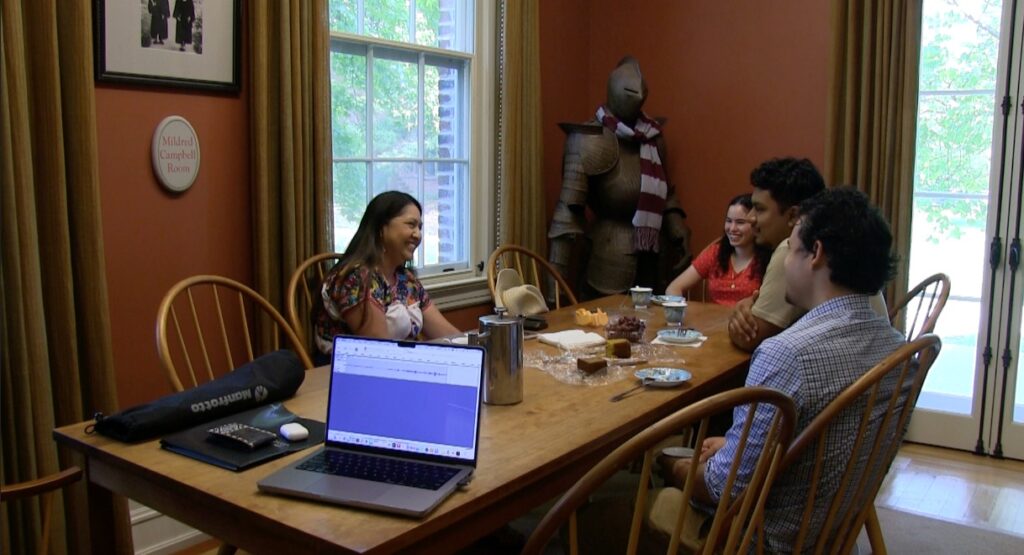
Thank you to our Vecinos!

